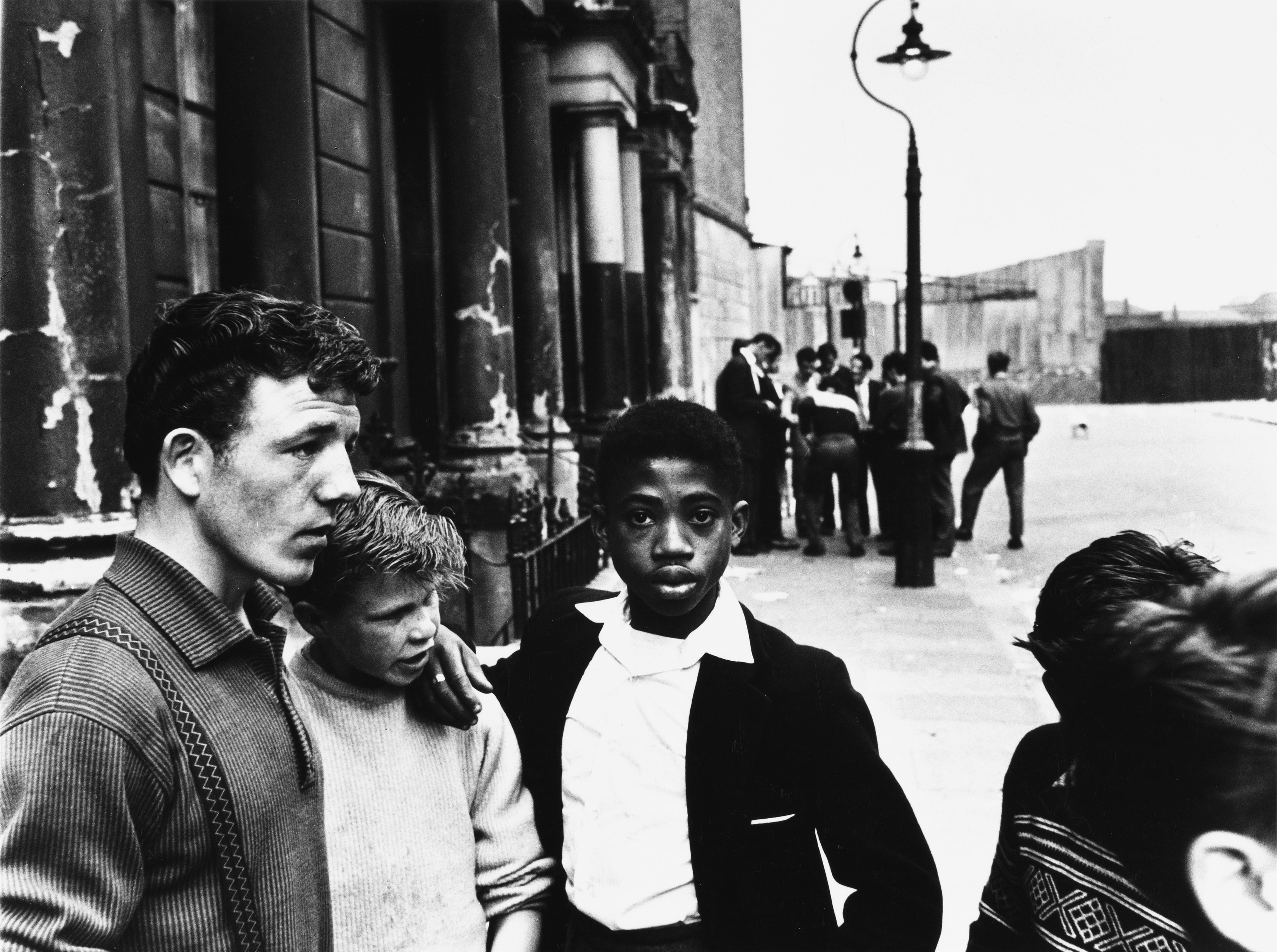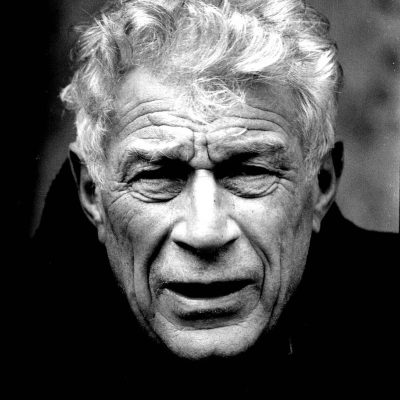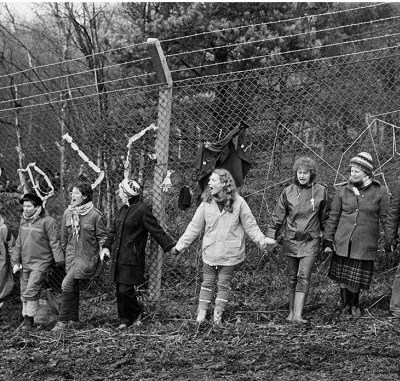Roger Mayne is well known for his candid photographs depicting poor urban communities in post-war Britain – in cities including London, Leeds, and Sheffield. Although Mayne was familiar with the work of his contemporaries including Nigel Henderson, Chris Killip, and Martin Parr, it was earlier pioneering European photographers that informed his documentary style. The Photographers’ Gallery hosts the first major London exhibition of Mayne’s work since 1999 and takes these formative decades, the 1950s and ’60s, as its focus.
Mayne, who was self-taught, began pursuing photography while studying Chemistry at Oxford, inspired by the work of Walker Evans, Henri Cartier-Bresson, and his mentor (the overlooked Dutch photographer) Hugo van Wadenoyen. These artists had moved away from pictorial conventions, turning their lenses towards more experimental, and intimate subjects.
Two boys in Southam Street, London (1956), Roger Mayne. Courtesy of the Mary Evans Picture Library; © Roger Mayne/Mary Evans Picture Library

Mayne’s most widely recognised body of work captures life on London’s Southam Street. He would produce around 1,400 negatives here between 1956 and 1961, capturing lives lived on declining streets with energy and humanity. These are not carefully staged images but ones distorted by movement, records of the fleeting and incidental. They explore people’s relationships with one another, from children congregating in the streets to the shared spaces of white families and West Indian immigrants; as well as people’s relationships with their immediate environments. Retrospectively, Mayne’s work is seen through a socialist lens, but he aspired to create humanist rather than political art, truthfully recording the variety of life he witnessed in these seemingly forgotten streets.
Girls dressed up for a ‘teenage night’ at a Sheffield Club (1961), Roger Mayne. Courtesy of the Mary Evans Picture Library; © Roger Mayne/Mary Evans Picture Library
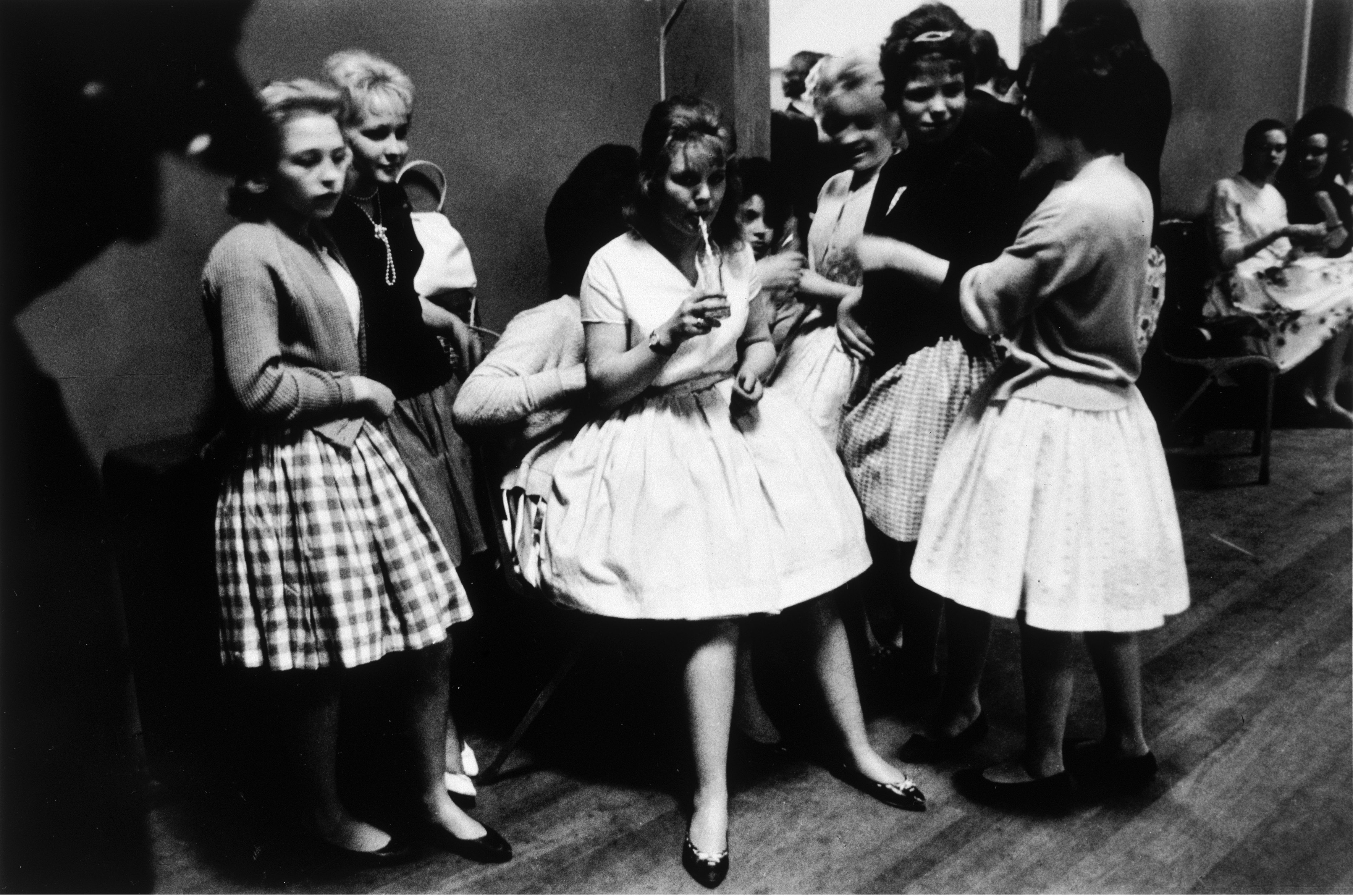
What really fascinates Mayne, once called the ‘Laureate of Teenage London’, is youth. Children play, young women gamble, and dapper young men parade the pavements – the iconic image of a Teddy Boy and Girl (1956) was reproduced on the entry ticket to Mayne’s first solo exhibition at the ICA in the same year. His prescient documentation of youth culture brought him high-profile commissions in the Observer and Vogue – pioneering the role of the now prevalent street photographer. Now iconic, these images even appeared on a couple of Morrissey record sleeves.
London was not the only urban centre that attracted Mayne’s attention and the exhibition features images from series shot in Sheffield, Leeds, and Nottingham. In these works Mayne’s taste for experimentation is evident. Man leaving steel works, Sheffield (1961) is an outstanding example of the larger scale photographs that Mayne produced in order to break with convention; these works rival the scale and presence of paintings. His photographs of Sheffield’s Park Hill engage with the new modernist architecture and the vantage points and spaces it created. And a small selection of images taken in the Raleigh bicycle factory reveal Mayne’s skill in taking advantage of the metallic forms and lighting to play with more dramatic compositions.
Raleigh bicycle factory, Nottingham (1964), Roger Mayne. Courtesy of the Mary Evans Picture Library; © Roger Mayne/Mary Evans Picture Library
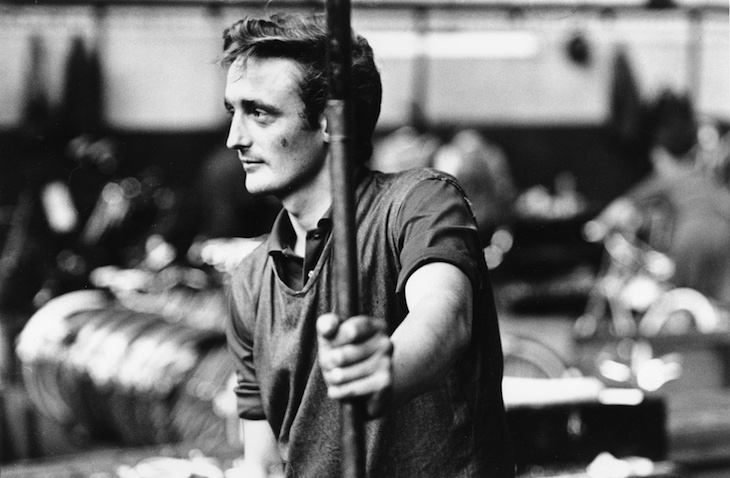
The exhibition also restages British at Leisure (1964) for the first time, an installation of 310 images projected across five screens, originally commissioned for the Milan Triennale. It is the only example of colour photography in the exhibition; ambitious in its scope, it still retains the same dynamic energy and light-heartedness of Mayne’s earlier work. The title of the piece could not be more apt, and it serves as a snapshot of British leisure and all its idiosyncrasies. It is filled with amusing juxtapositions, from cricket at Lord’s to the rain-sodden makeshift pitches in local parks. Like the photographs of Southam Street, which was largely demolished by the late ’60s, these works are nostalgic in their documentation of a disappearing way of life.
Park Hill Estate, Sheffield (1961), Roger Mayne. Courtesy of the Mary Evans Picture Library; © Roger Mayne/Mary Evans Picture Library

For all the joy found in his photographs, Mayne took photography seriously. He wrote to museum directors, and even Kenneth Clark (then chairman of the Arts Council) championing photography as an art. In 1945, the director of the V&A responded to his letters, writing that: ‘photography is a purely mechanical process into which the artist does not enter.’ Mayne, however, believed the opposite; to him an artist was always reflected in ‘the kinds of things he likes or finds pictorial…a humanist art’. His ardent defence of photography did pave the way for some change: the V&A now holds one of the most comprehensive collections of Mayne’s work.
‘Roger Mayne’ is at the Photographers’ Gallery, London, until 11 June.
